In the first part of a two-part investigation, Insight explores concerns over the robustness of some of the country’s most serious air accident investigations.
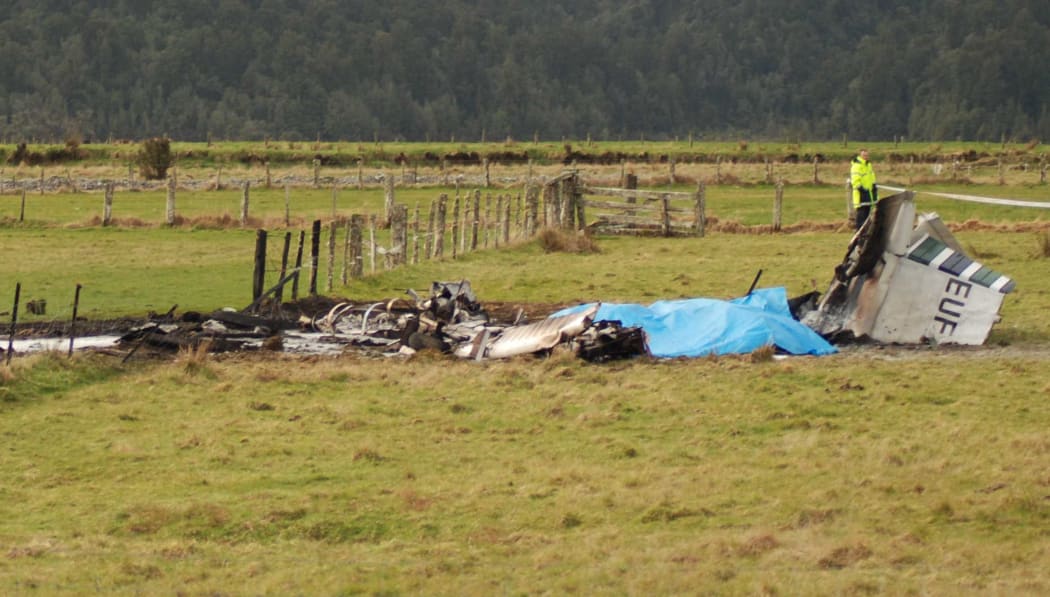
The wreckage of the skydiving plane that crashed at Fox Glacier Airport in 2010. Photo: GETTY
For more than a decade, the Transport Accident Investigation Commission (TAIC) has been operating without the money it needs, creating a potential risk to public safety.
An RNZ Insight investigation has revealed that TAIC has been bidding for increased government funding since at least 2003.
Listen to part one of Cash, Crashes and the Commission:
Listen to part two here.
The bids, obtained by RNZ under the Official Information Act, argued that TAIC would struggle to comply with international air accident investigation standards without extra cash. It wasn't until last year the government finally agreed to increase TAIC's funding for additional accident investigators.
Prior to 2015, the Commission was taking twice as long to produce air accident reports as recommended by the International Civil Aviation Organisation (ICAO).
ICAO also recommended that air accident investigators only carry out one or two investigations at the same time, but TAIC was requiring its investigators to carry out an average of close to four investigations concurrently.
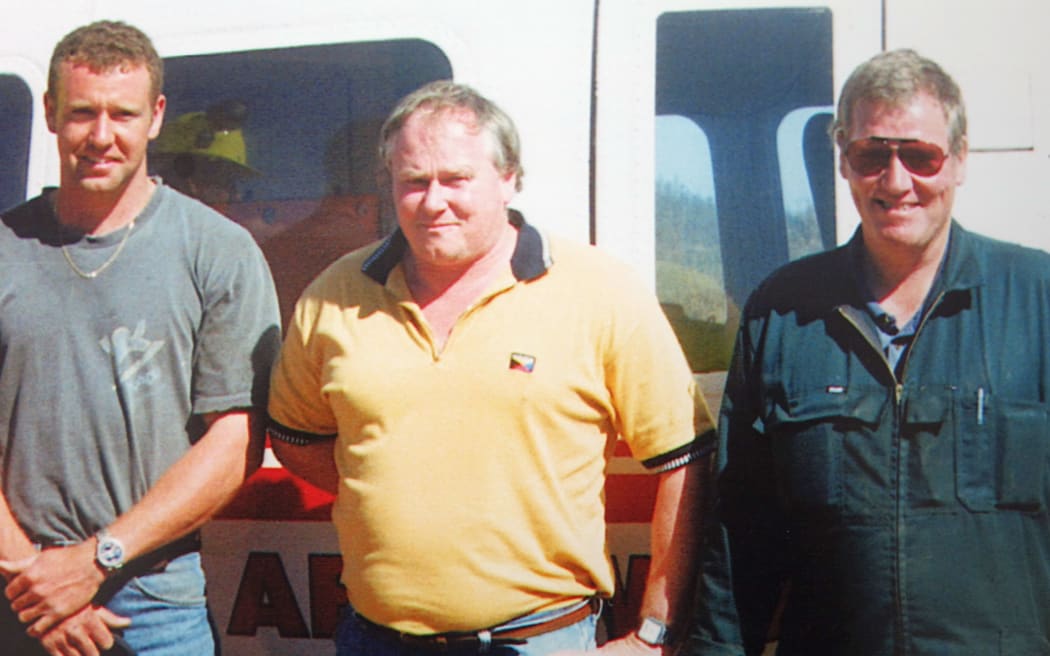
Simon Green, Gene Crafer and John Mennie died in a 2001 helicopter crash. Photo: ( Supplied )
While TAIC was making unsuccessful bids for funding to address the issues, it was being criticised for the way it handled some air accident investigations.
One of the Commission's strongest critics was Helene Green. Her pilot husband, Simon Green, was killed, along with Gene Crafer and John Mennie, in a 2001 Taumarunui helicopter crash.
Ms Green believed there was something seriously wrong with TAIC's initial investigation report and teamed up with an independent aviation engineer, Graham Boustred, to look for what she believed was the true cause of the crash.
Mr Boustred told Insight he thought the sequence of events described in the TAIC report was "impossible" from an engineering point of view.
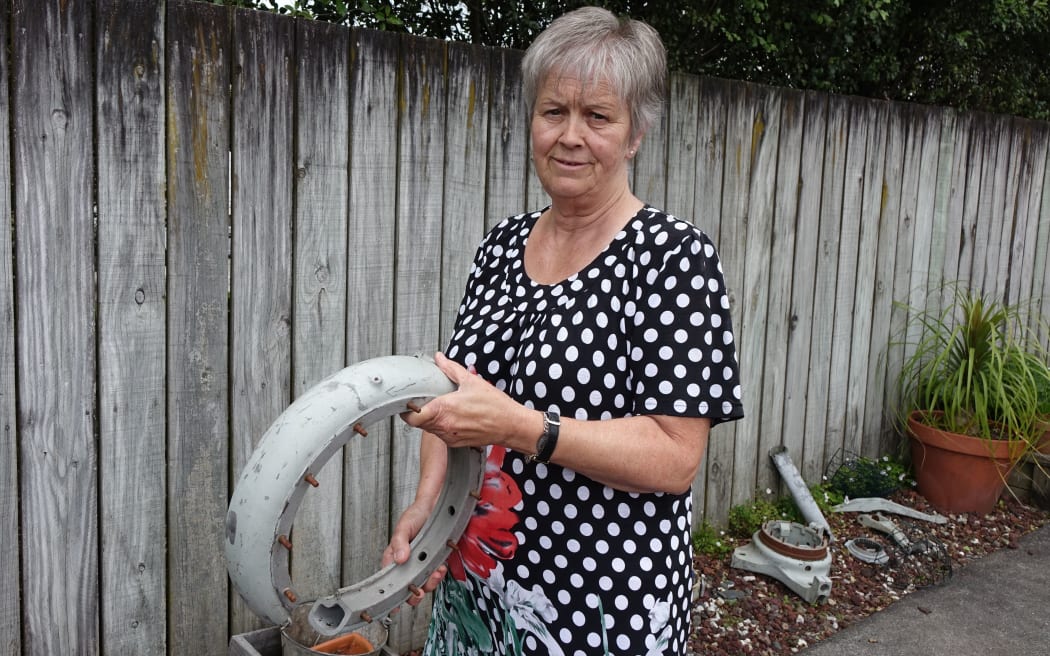
Helene Green keeps helicopter components from the crash that killed her husband, Simon, to remember their life together. Photo: ( Supplied )
In 2006, TAIC revised its original findings that an engineer, Mark Saunders, was responsible for causing the Taumarunui helicopter crash. Mr Saunders told Insight he had to spend hundreds of thousands in an attempt to clear his name, and that both his health and his business were affected by the initial TAIC report.
Even when TAIC issued a revised report that cleared him, the Commission did not do enough to withdraw the original findings and draw attention to the new report, Mr Saunders said.
Prior to the revised report's release, the coroner who held the inquest into the 2001 helicopter crash, Timothy Scott, was so critical of TAIC's performance that he said the investigation should be re-done. He called the Commission "secretive and unhelpful".
In 2010, only two years after the government had refused a bid from TAIC for more investigators, TAIC launched an investigation into the skydiving plane crash at Fox Glacier that killed nine people, including four overseas tourists.
The plane's owner-operator, John Kerr, said TAIC's initial report, issued in 2012, effectively blamed him for flying an overweight and out-of-balance aircraft.
Another owner, Rod Miller, was killed in the crash but the surviving owner, Mr Kerr, told Insight when he read the TAIC report he knew that parts of it "were not true".
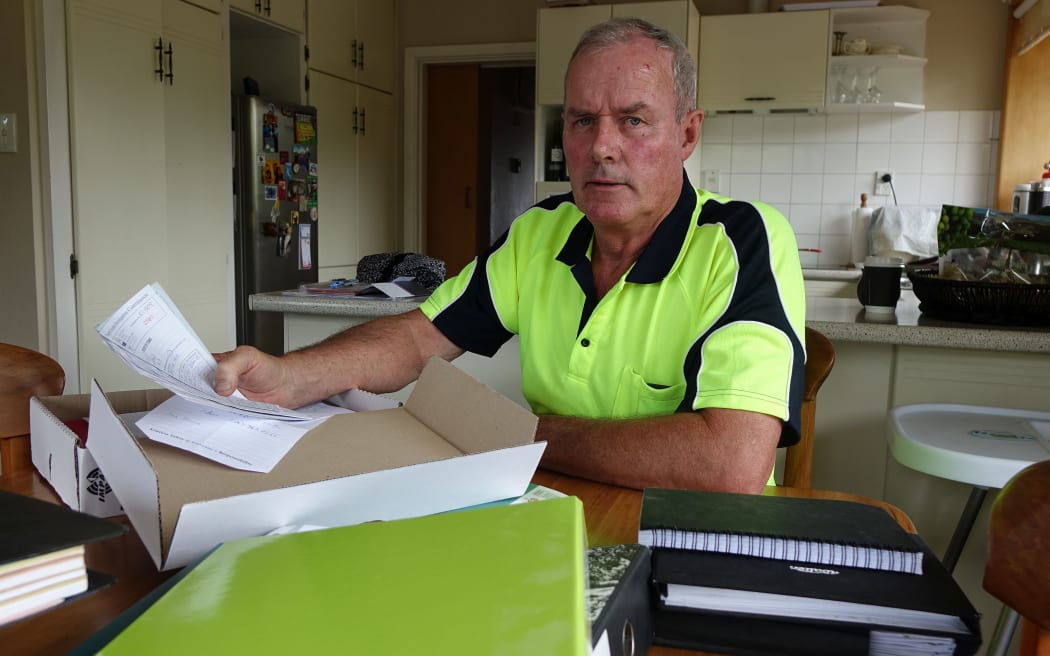
John Kerr didn't accept he, and his dead business partner, were responsible for a crash that killed nine people. Photo: ( RNZ / Peter Newport )
In a coroner's inquest - similar to that held over the Taumarunui crash - TAIC's investigation was criticised. Coroner Richard McElrea said he did not accept TAIC's conclusions regarding weight and balance. Mr McElrea said in his findings "something unusual, such as inadvertent pilot error, engine malfunction or mechanical failure has occurred at take-off".
The coroner's findings - along with testimony from various expert witnesses at the inquest - focussed attention on the wreckage that TAIC had allowed to be buried at the crash site, after photos and some of the plane had been removed, just three days after the plane hit the ground. The buried wreckage - almost half the plane - included control structures such as wires, pulleys and the control stick used by the pilot to fly the plane.
Some of the documents released to Insight under the Official Information Act said that TAIC may have had difficulty finding sufficient funding for wreckage recovery and technical examination. The reference is made in a funding review document prepared for TAIC and the Ministry of Transport in July 2014 by consultancy The Johnson Group.
In the report, Johnson Group consultant Liz Jones said the Commission did not have the resources to deal with a major accident investigation, large scale wreckage recovery or to contract significant technical expertise while maintaining its business as usual activities.
The report went on to say that the Commission did not believe it could rely on a government guarantee of funding that was put in place in 2001, citing an instance where an application for $100,000, to be put toward a marine investigation into the capsize of the fishing vessel Kotuku in Foveaux Strait in 2006, was declined. TAIC, the report said, ended up having to use its own short-term deposits to fund the Kotuku investigation.
Insight investigated a recent accident where relatives were critical of TAIC's methods and culture. Jerome Box was killed in a helicopter accident near the summit of Mount Alta, near Wanaka, in August 2014. His widow, Adelle Box, said she was treated badly by TAIC. She cited an incident when she said a TAIC investigator laughed at her repeated attempts to prompt the Commission to investigate what she considered to be potentially faulty seat belts on the helicopter.
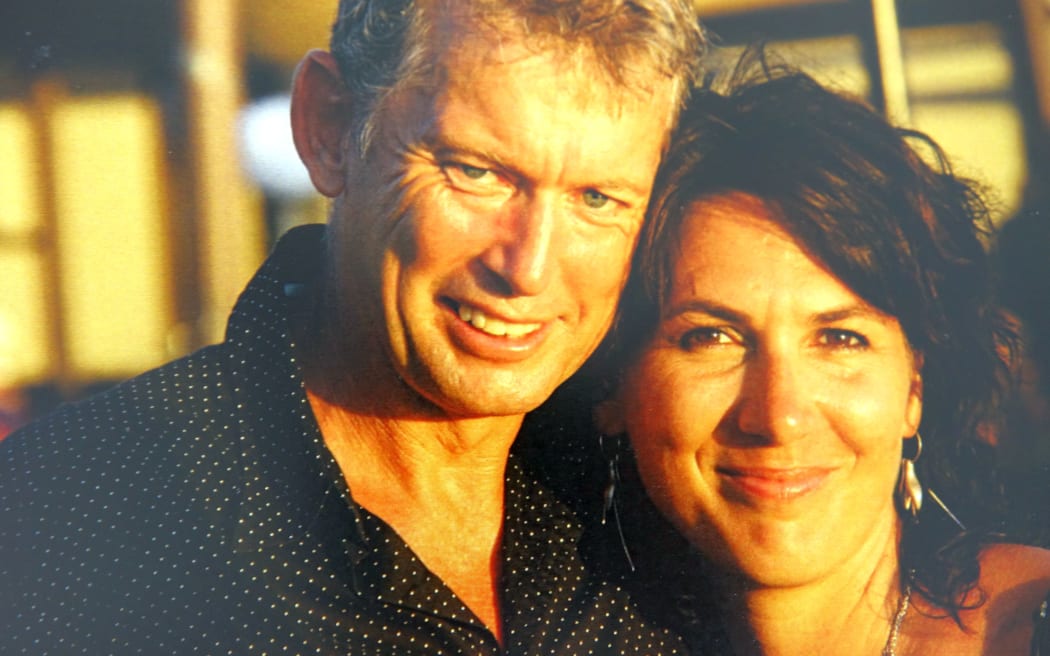
Jerome and Adelle Box. Jerome died in the 2014 Mount Alta helicopter crash. Photo: ( Supplied )
Mrs Box visited TAIC's wreckage storage facility after concluding that the investigation lacked direction and a clear timeline. She told Insight her visit did nothing to bolster her confidence and, in fact, increased her concerns. She has detailed a number of other issues to Insight connected with TAIC's handling of communications and the investigation process.
But both TAIC CEO Lois Hutchinson and the minister responsible for TAIC, Craig Foss, denied that funding shortages over the years had affected the quality of TAIC's work.
They did, however, acknowledge that a lack of funding was responsible for the extra workload on air accident investigators and accident reports being delivered much later than recommended by ICAO.

